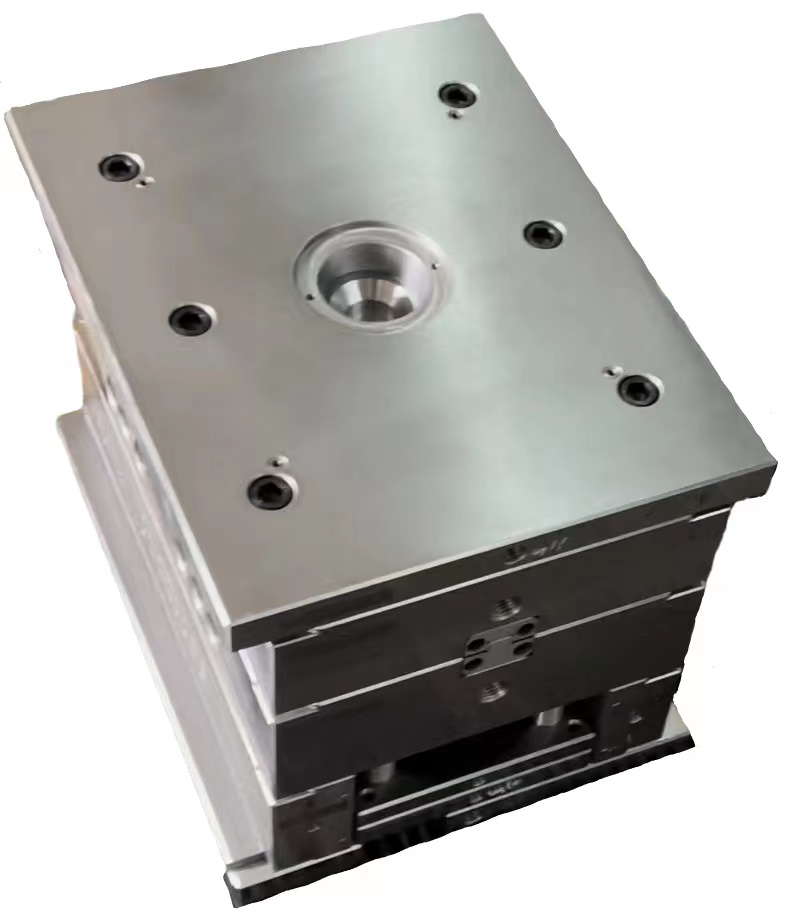In the fast-paced world of precision manufacturing, the choice of materials plays a pivotal role in the success of any operation. In South Korea, a country known for its advanced manufacturing capabilities, the demand for high-performance tool steel plates is on the rise. This article explores the importance of these materials, their advantages, and what to consider when selecting the right tool steel plates for your manufacturing needs.
Understanding Tool Steel Plates
Tool steel plates are a specific type of steel designed to be heat-treated for heightened hardness and resistance to wear. These plates are essential for producing precision parts and tools that require durability under rigorous operating conditions. The manufacturing sector in South Korea greatly relies on these steels due to their unique properties.
Key Characteristics of High-Performance Tool Steel Plates
- Durability: Tool steel plates are engineered to withstand extreme conditions, making them ideal for high-stress applications.
- Wear Resistance: Designed to resist wear and prolong tool life, ensuring consistency in production.
- Heat Resistance: Capable of maintaining performance at elevated temperatures, addressing challenges in manufacturing processes.
- Versatility: Applicable in various industries including automotive, aerospace, and electronics.
- Customization: Available in different grades and specifications to meet specific manufacturing needs.
Types of Tool Steel Plates Available
In the market today, there are various types of tool steel plates. Here's a breakdown:
| Type of Tool Steel | Characteristics | Common Applications |
|---|---|---|
| D2 Steel | High wear resistance and dimensional stability | Die and molding applications |
| A2 Steel | Good toughness and wear resistance | General tooling and dies |
| S7 Steel | Shock resistance and high toughness | Heavy-duty tools and punches |
| M2 Steel | High-speed and wear resistance | Cutting tools and drills |
Advantages of Using High-Performance Tool Steel Plates in Manufacturing
When it comes to precision manufacturing, the advantages of high-performance tool steel plates are substantial:
- Enhanced Product Quality: Utilizing high-quality materials leads to superior finished products, precision tools, and machinery components.
- Cost-Effectiveness: Reduced tool wear translates to lower replacement costs and less downtime in manufacturing processes.
- Improved Safety: Robust tools reduce the likelihood of breakage and accidents, ensuring a safer working environment.
- Wider Application Range: Adaptable for use in various sectors, giving manufacturers the flexibility needed to meet diverse demands.
Factors to Consider When Choosing Tool Steel Plates
Selecting the right tool steel plate is crucial for ensuring optimal performance. Below are key factors to consider:
- Material Properties: Understand the specific properties you need based on the application - hardness, toughness, or wear resistance.
- Supplier Reputation: Partner with reputable suppliers that offer certifications and quality assurances.
- Grade Selection: Evaluate which grade of tool steel will suit your project requirements best.
- Cost: While quality is essential, ensure that the pricing aligns with your budgetary constraints.
- Customization Options: Look for suppliers who offer custom sizes and shapes to fit your specific manufacturing processes.
Conclusion
In conclusion, high-performance tool steel plates are integral to the precision manufacturing industry in South Korea. The unique characteristics these materials possess provide a distinct advantage in producing high-quality tools and components. With several types of tool steels available and their numerous applications, it is essential for manufacturers to make informed decisions regarding material selection. By considering crucial factors such as material properties, supplier reputation, and cost, manufacturers can significantly enhance their operational efficiency. Ultimately, the right tool steel plates not only contribute to improved product quality but also lead to greater safety and cost-effectiveness in manufacturing processes.

